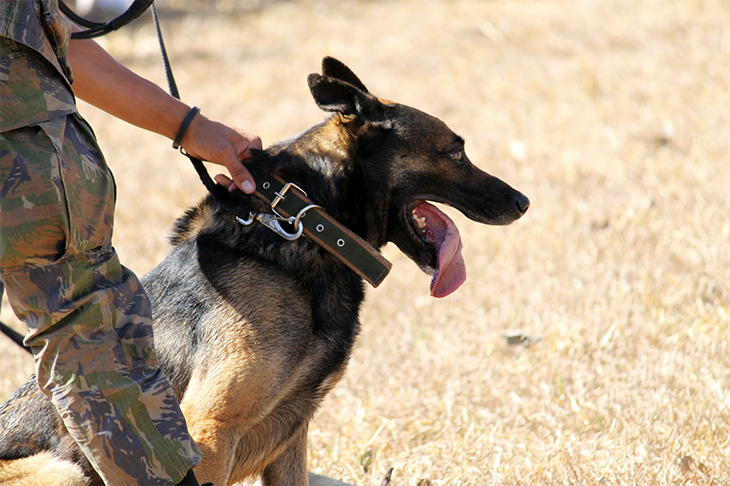
Police dogs are a valuable asset to law enforcement agencies across the country. They can help track suspects, find hidden evidence, and provide security at events. However, when these dogs are unleashed on the public, they can cause serious injuries. In our latest investigation, we looked at police dog bites in Connecticut and found significant problems with how these incidents are handled by law enforcement.
Here are 5 takeaways from our findings:
There is a Lack of Transparency Around Police Dog Bites
In many cases, it is difficult to determine how often these incidents occur and the outcomes due to a lack of transparency around police dog bites. One study done by Polito & Harrington LLC found that between 2005 and 2013, there were over 7600 reported police dog bites in the United States. However, this number may be underestimated, as it does not include bites that were not reported or did not result in medical treatment. Moreover, the study found that 63% of people bitten by a police dog were African American. This disproportionate impact highlights the need for more transparency around police dog bites. To ensure that these incidents are properly documented and that people understand the risks involved, law enforcement agencies should provide more information about when and how police dogs are used and what happens after a bite occurs.
There is a Lack of Training for Police Officers on How to Handle and Control their Dogs Properly
In many departments, there is little to no instruction on how to control and use the dogs properly. As a result, the animals are often used excessively or inappropriately. This can lead to biting incidents, property damage, and even serious injuries. To prevent these problems, police officers must receive adequate training to handle and control their dogs. With the proper instruction, K-9s can be an effective and safe tool for law enforcement.
There is a Lack of Accountability When Police Dog Bites Do Occur
In many cases, the officers are not disciplined, and the victims are left without recourse. This can lead to a feeling of powerlessness and injustice, especially for those who have already been the victim of a crime. Accountability is key to maintaining public trust in law enforcement. When bites do occur, it is important that the officers involved be held accountable and that the victims be given a way to seek justice. Only then can we hope to keep our communities safe.
The Use of Police Dogs Can Disproportionately Impact People of Color and Other Marginalized Groups
This is often due to the fact that these groups are more likely to be targeted by law enforcement in general. In many cases, police dogs are used as a tool of intimidation, and their presence can escalate a situation needlessly. In addition, police dogs are more likely to bite people of color than white people. This is likely due to implicit bias on the part of the handlers.
Police Dog Bites Can Have a Lasting Impact on the Victim, Both Physically and Emotionally
In some cases, the injuries can be severe, and the trauma can be long-lasting. Victims of police dog bites often report feeling afraid and anxious long after the incident. They may have difficulty trusting authorities and may avoid situations where they think a police dog could confront them. Physical injuries from police dog bites can also be severe. Victims may require hospitalization and surgery and may be left with permanent scarring or disfigurement. In some cases, victims may even lose a limb.
Police dog bites can profoundly impact victims, both physically and emotionally. If you or someone you know has been the victim of a police dog bite, getting help from an experienced attorney who can help you recover damages for your injuries is important.


